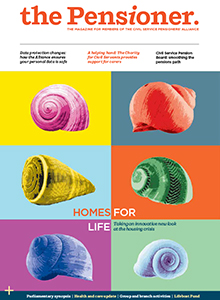Compiling the data for a Post Mgazine infographic comparing the payouts for similar bodily injury claims was a challenge. The government won’t give you the data because it has sold it.
My idea was to have two badly injured bodies depicted next to each other. One would be poorly bandaged, with cheap prosthetics and surgical appliances, while the other had high-tech gadgets and the most modern medical treatments. It worked well, I think.
Two tariff lists
But compiling the information was less than easy. The Ministry of Justice is technically responsible for both lists:
- Criminal Injuries Compensation Authority (CICA) tariffs, voted for by MPs on 12 November 2012 and coming into force on 27 November 2012
- Guidelines for the Assessment for General Damages in Personal Injuries, published by the Judicial Office in September 2012
The MoJ initially said it could not help with information on either list. CICA has its own press office, the MoJ said, and passed me their number. The CICA press office bounced me back saying that it could speak only about how payments were implemented but the tariffs were set by the MoJ.
I eventually tracked the tariffs down, but had to check with CICA about how many claims were rejected and the average payout, as the CICA annual report was not clear.
Public data sold to the private sector
Getting the judicial guidelines was even harder. The MoJ had sold the rights to publish its guidelines to Oxford University Press, so would not give them out for free. This is an agency of government refusing to provide information to the media because it has sold it to a private publisher. This is more common than you may think.
Another commercial firm has compiled a website (picalculator.co.uk) to enable personal injury lawyers to look up the expected damages for individual injuries. I registered for a free trial and started cutting and pasting each individual tariff. I soon realised that this would take days to complete.
There were several typos and errors in the online version so I contacted the firm and offered to correct all the errors for free if they could provide me with the full list as an Excel spreadsheet. It seemed a fair deal both of us.
From the two tariff lists, I then selected several injuries that had similar descriptions in each and sent that, along with a terrible rough sketch, to the Post Magazine art department.
Post did an excellent job on the infographic in the magazine, making it look much better.
When a plan comes together
Meanwhile I tried to compile a short editorial to go with the infographic. Again the MoJ took days to respond. Mind you, so did Aviva, whose press officer I had been liaising with for weeks. At the last minute – well actually after I had sent off the copy, which was days after the deadline I had give then PRs – a flood of comment came back, making it a better piece.
Post Magazine is 175 years old – it got its name because it was the first magazine ever sent by post (the gossip columnists is called Penny Black).
Links (new windows)













